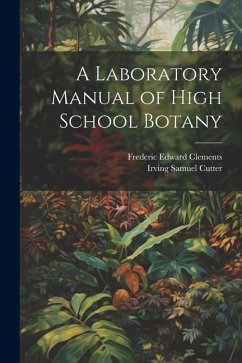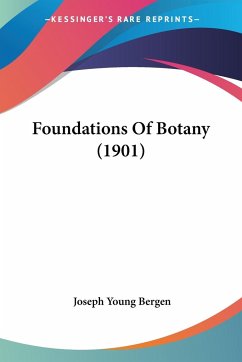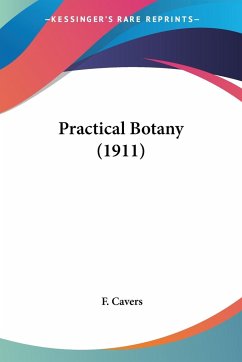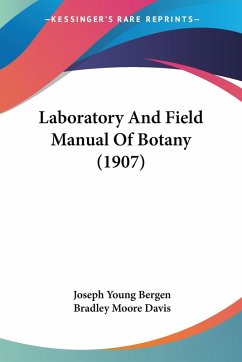
Laboratory And Field Manual Of Botany (1907)
Versandkostenfrei!
Versandfertig in 1-2 Wochen
28,99 €
inkl. MwSt.

PAYBACK Punkte
14 °P sammeln!
The Laboratory and Field Manual of Botany, written by Joseph Young Bergen in 1907, is a comprehensive guide to the study of plants in both the laboratory and the field. The book is divided into two parts, with the first part focusing on the study of plant anatomy and physiology in the laboratory, and the second part focusing on the identification and classification of plants in the field.The laboratory section of the book covers topics such as the structure and function of plant cells, photosynthesis, respiration, and plant growth and development. It also includes detailed instructions for con...
The Laboratory and Field Manual of Botany, written by Joseph Young Bergen in 1907, is a comprehensive guide to the study of plants in both the laboratory and the field. The book is divided into two parts, with the first part focusing on the study of plant anatomy and physiology in the laboratory, and the second part focusing on the identification and classification of plants in the field.The laboratory section of the book covers topics such as the structure and function of plant cells, photosynthesis, respiration, and plant growth and development. It also includes detailed instructions for conducting experiments and making observations, as well as illustrations and diagrams to help students understand the concepts.The field section of the book provides a guide to the identification of plants in their natural habitats. It covers topics such as plant classification, plant families, and the use of keys and field guides for plant identification. The section also includes descriptions and illustrations of common plant species, as well as tips for collecting and preserving plant specimens.Overall, the Laboratory and Field Manual of Botany is a valuable resource for students and researchers interested in the study of plants. Its detailed instructions, illustrations, and comprehensive coverage of both laboratory and field techniques make it an essential reference for anyone studying botany.This scarce antiquarian book is a facsimile reprint of the old original and may contain some imperfections such as library marks and notations. Because we believe this work is culturally important, we have made it available as part of our commitment for protecting, preserving, and promoting the world's literature in affordable, high quality, modern editions, that are true to their original work.



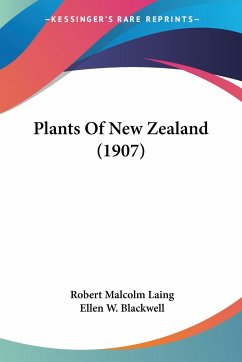

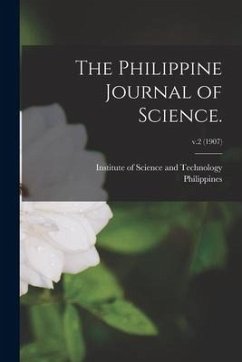


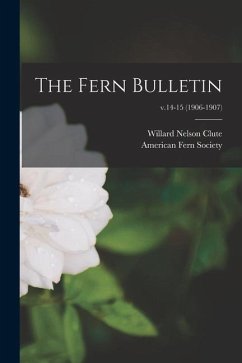
![Curtis's Botanical Magazine.; v.133 [ser.4: v.3] (1907) Cover Curtis's Botanical Magazine.; v.133 [ser.4: v.3] (1907)](https://bilder.buecher.de/produkte/66/66146/66146331n.jpg)
